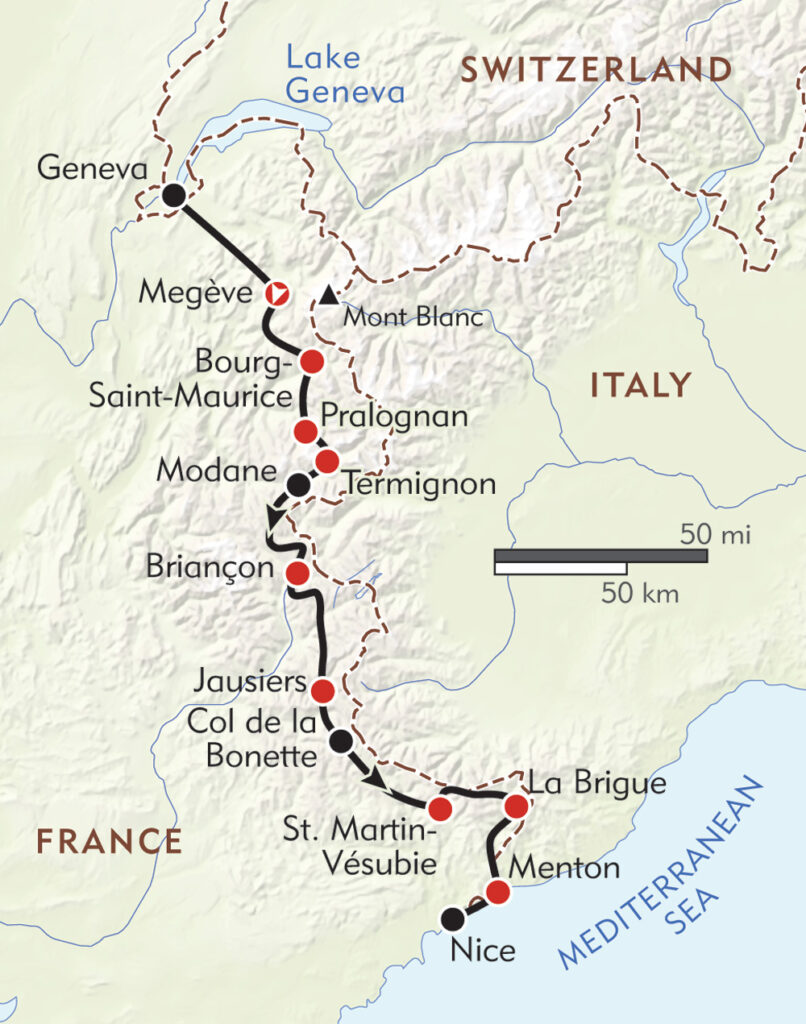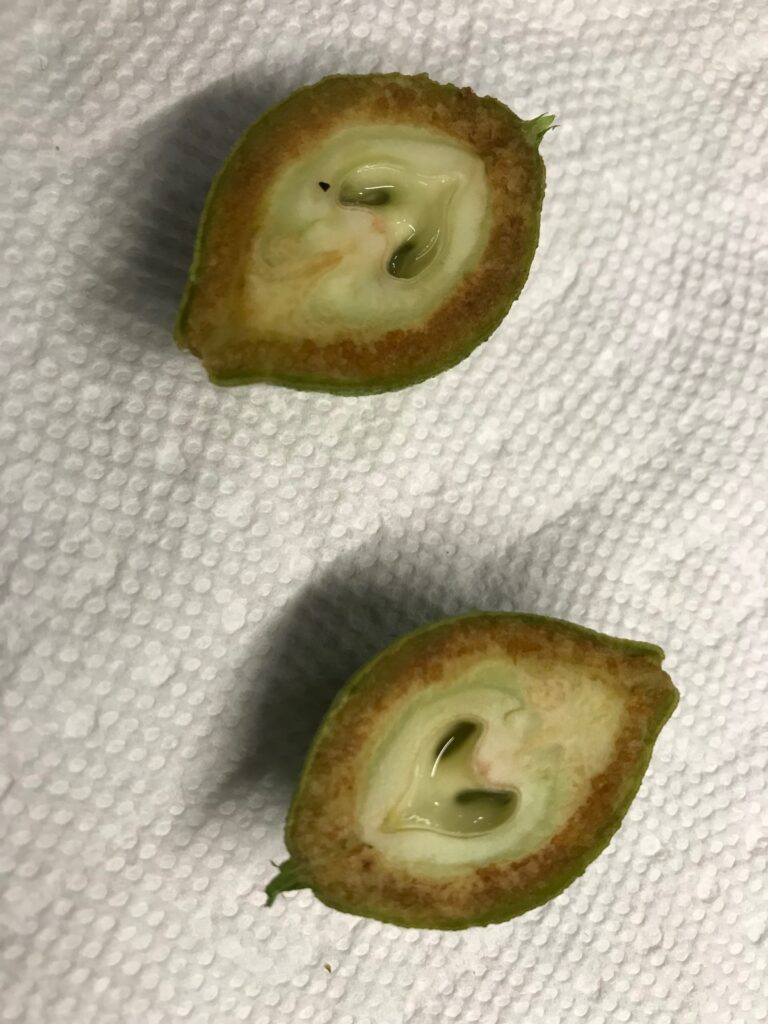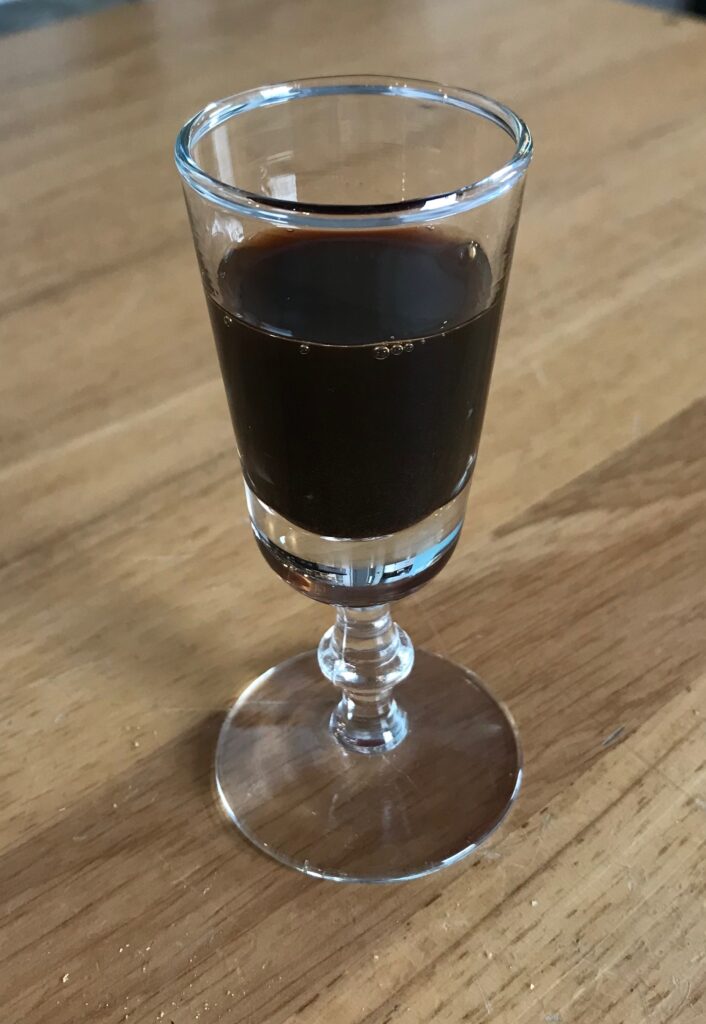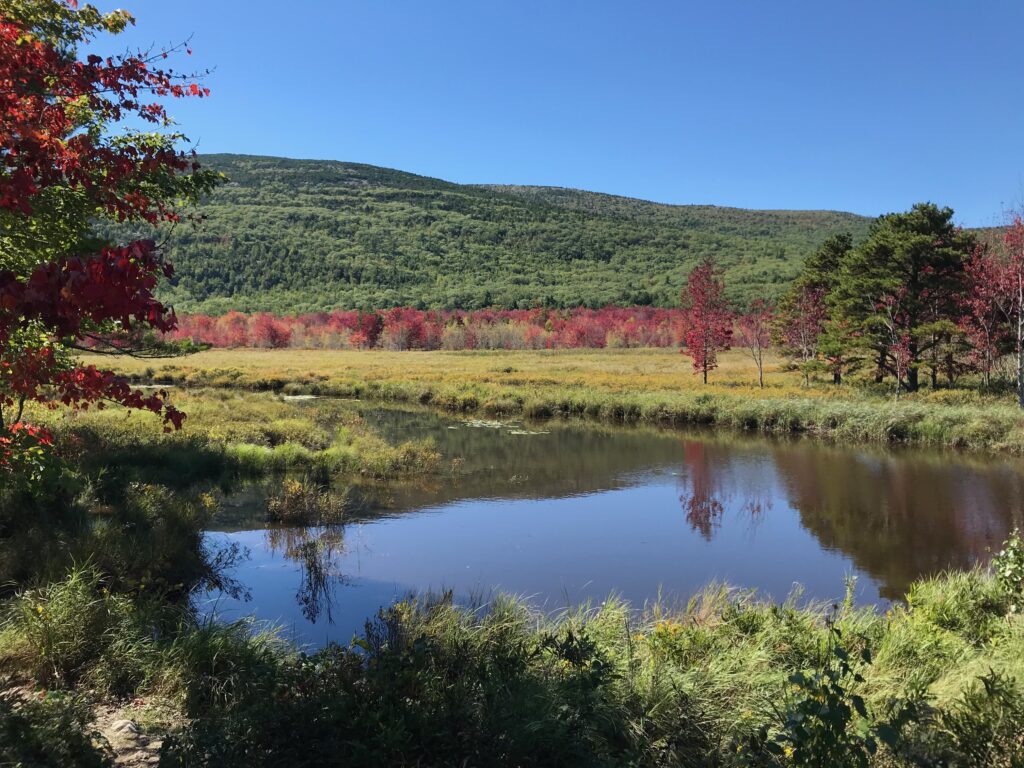For this blog entry I’m going to focus on my second aspect of non-financial retirement planning: friends who helped upon the way. And by helped, I mean either supported, encouraged or introduced areas of exploration for me as I considered retirement and what it would mean for me.
Peter Stathopoulos, mentioned in part 1 of this blog entry, was one such individual. As stated in that entry, Peter “gave me several things: realization of how fortunate I am and have been; an outlook on life through the eyes of someone with a fatal diagnosis; and appreciation of travel as a way to learn more about oneself and humankind.” Peter and I first met in the late 1980s when he supported the area in which I worked at our common employer. Peter and I enjoyed working together and we stayed in touch for several years after he left our employer to further his career elsewhere. However, our connections occurred with less frequency over time until they they hardly occurred at all. Then, through a highly unpredictable twist of fate involving the birth of our oldest granddaughter and my wife and I killing time visiting condominiums for sale until we could get into the hospital to see her, I was given a chance to reconnect with Peter. As his disease progressed over the next four years we interacted many times. It started with visits to the neighborhood in which his condo was located, moved to a restaurant and, finally, to his parent’s home. Our discussions always revolved around his work with medical professionals to find a cure for ALS, experimental treatments he might undergo, and our common love for travel. It was clear Peter was taking in every aspect of the travels I was undertaking; travels he could not, due to his illness, take on his own. It was through Peter’s questioning that I learned about the power of travel to bring people together across cultures, and to educate within our own culture. I miss Peter, but I know that he is with me in every step I take as I travel.
Think left and think right and think low and think high. Oh, the thinks you can think up if only you try!
Dr. Seuss
Another person who helped me prepare for retirement is Sue. Sue was an executive coach that I worked with for slightly less than two years, ending shortly before my retirement. Sue’s contribution to my retirement was two-fold. First, she helped me identify with clarity my personal traits. It’s these traits that provided the framework for my exploration of the book “Purposeful Retirement,” mentioned previously. Second, she provided structure and accountability as I considered and prepared for retirement. Sue made sure I was thinking through what my retirement would look like and how I would use my personal traits to bring enjoyment to my years ahead. She also made sure I considered whether my wife and I were on the same page! Most importantly, she encouraged me to share my story. She thought it was interesting and felt others would feel the same way. While a friend at Securian suggested I write this blog, I could not, and probably would not, have done it without the encouragement from Sue.
Friendship is when people know all about you but like you anyway.
Unknown
A third person who deeply influenced my preparations for retirement is my best friend, Ron. Ron and I share curiosity as a deeply imbedded trait. While I supplement curiosity with drive and a penchant to get things done, Ron brings to the table a degree of patience, wisdom, and thoughtfulness that I frequently lack. In addition, Ron is able to put to words, in a way I cannot, experiences and emotions. He has, unknowingly, encouraged me to improve in this area through our symposia (i.e., our after dinner discussions and beer-sampling meetings). During these symposia, Ron and I discuss family, philosophy, theology, politics and, of course, travel. Our discussions are often spurred by travel I am currently researching, by current events, by books we have read, or by college lectures we have enjoyed via Wondrium. Some of the books we have read together, and which have deepened our friendship through the common exploration of interesting topics, include:
- “At the Existentialist Café: Freedom, Being, and Apricot Cocktails with Jean-Paul Sartre, Simone de Beauvoir, Albert Camus, Martin Heidegger, Maurice Merleau-Ponty and Others.” Named one of the Ten Best Books of 2016 by the New York Times, this book provides a spirited account of a major intellectual movement of the twentieth century and the revolutionary thinkers who came to shape it.
- “The Swerve: How the World Became Modern.” The Swerve is a winner of the Pulitzer Prize for Nonfiction, a Winner of the National Book Award, and a New York Times Bestseller. As described by Amazon, “[i]n the winter of 1417, a short, genial, cannily alert man in his late thirties plucked a very old manuscript off a dusty shelf in a remote monastery, saw with excitement what he had discovered, and ordered that it be copied. He was Poggio Bracciolini, the greatest book hunter of the Renaissance. His discovery, Lucretius’ ancient poem On the Nature of Things, had been almost entirely lost to history for more than a thousand years.”
- “Why Buddhism is True: The Science and Philosophy of Meditation and Enlightenment.” As described by Amazon, “[a]t the heart of Buddhism is a simple claim: The reason we suffer—and the reason we make other people suffer—is that we don’t see the world clearly. At the heart of Buddhist meditative practice is a radical promise: We can learn to see the world, including ourselves, more clearly and so gain a deep and morally valid happiness. In this “sublime” (The New Yorker), pathbreaking book, Robert Wright shows how taking this promise seriously can change your life—how it can loosen the grip of anxiety, regret, and hatred, and how it can deepen your appreciation of beauty and of other people. He also shows why this transformation works, drawing on the latest in neuroscience and psychology, and armed with an acute understanding of human evolution.”
- “Ten Global Trends Every Smart Person Should Know: And Many Others You Will Find Interesting.” From Amazon: “Think the world is getting worse? If so, you’re wrong. The world is, for the most part, actually getting better. But 58 percent of people in 17 countries who were surveyed in 2016 thought that the world was either getting worse or staying the same. Americans were even more glum: 65 percent thought the world was getting worse and only 6 percent thought it was getting better. The uncontroversial data on major global trends in this book will persuade you that this dark view of the state of humanity and the natural world is, in large part, badly mistaken.”
- “Great Decisions 2022.” This book is utilized by the national, grassroots foreign policy discussion program sponsored by the Foreign Policy Association. The mission of the FPA is “today, as it has been for over 100 years, to serve as a catalyst for developing awareness, understanding, and informed opinion on U.S. foreign policy and global issues. Through its balanced, nonpartisan programs and publications, the FPA encourages citizens to participate in the foreign policy process.”
In addition, we have travelled extensively with Ron and his wife Jan. As mentioned throughout these blog entries, I find travel to be my greatest source of personal realization and development, including the deepening of relationships. Together, Ron and I have experienced a great many things that have helped me develop the way I think about the world and my preparations for retirement. Finally, because Ron retired several years ago, he has provided me with insights from his experience that have been helpful in my thought process.
Of course, the person most influential in my retirement journey has been my wife, my partner in retirement. While we are early in the journey, her patience throughout my career and with my personality traits (which make me both endearing and maddeningly frustrating), grace, beauty, resilience, and strength have made it possible. It is to her I owe the deepest gratitude.
In closing, please find below a piece written by Ron, mentioned above. The thing I love about this writing is it expresses how Ron and I view life and our exploration of new thoughts and ideas together.
I am no longer who I was,
That is my joy.
Who I am now, I will never be again.
This is my knowledge.
What I shall be is informed by my past, influenced by my now,
and created by my existence.
This is my true self.
I am forever grateful to these and the many, many other individuals who helped me in this transition. Thank you….




